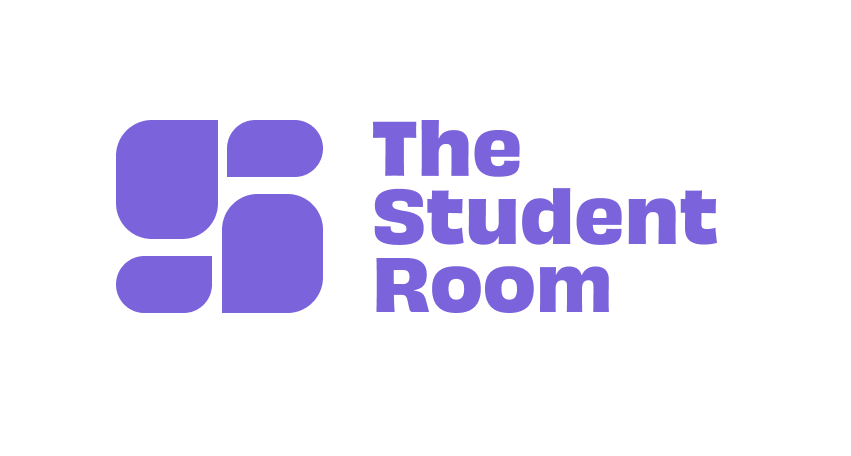The marketing world is full of acronyms, abbreviations and complicated terms. From performance to targeting, we’re explaining the top digital advertising terms that can help you collect the right vocabulary and know-how to become a digital media expert.
THE BASICS
Ad impression – Every time an ad loads on a web page or app, that is an ad impression. It doesn’t matter if the ad is seen by the user or not, it is still counted. A page with more than one ad will record multiple ad impressions per page view.
Action – An action is an event you want people to complete. Easily tracked actions include pageviews or ad impressions, clicks, downloads and form completions.
Conversion – If an action is a direct result of someone seeing an ad campaign this is recorded as a conversion.
Programmatic – The use of software to buy digital ads that meet a range of predefined criteria rather than by soliciting a request for proposal or by negotiation.
Onsite – Ads served on sites the publisher owns. For example, campaigns that are served on thestudentroom.com through our ad server rather than trafficked offsite by buying inventory with a Demand Side Platform (DSP).
Offsite – The opposite of onsite. For example, ads served by The Student Room on sites we do not own by buying inventory with a Demand Side Platform (DSP).
RTB – Real-Time Bidding is a marketplace in which ad impressions are bought individually through programmatic auctions by bidding against other DSPs.
PERFORMANCE
Campaign performance can be measured in a variety of ways: CTR, CPC, CPM, CPA and their viewable counterparts. What works for you will depend on your campaign goals.
CPA – Cost Per Action. The average amount spent on an ad impression that leads to a single action or conversion.
CTR – Click-Through Rate. The percentage of impressions that led to someone clicking on your ad.
CPC – Cost Per Click. The average amount spent on ad impressions in order to get a click.
CPM – Cost Per Mille or Cost Per Thousand. This is the average cost of buying 1,000 ad impressions.
Conversion pixel – A piece of code placed on a webpage that reports when a user has completed a specific action. If the tracking pixel ‘fires’ after someone has viewed or clicked an ad, that action is recorded as a conversion. By recording people who complete an action, tracking pixels can build audience segments for retargeting.
Click-through conversion – When a user clicks on an ad before completing an action. This must happen within the predefined lookback window for click-through conversions.
View-through conversion – When a user doesn’t click on an ad in the clickthrough lookback window but the ad is loaded on the page viewed prior to completing an action. This type of action is recorded as a view-through conversion. It must happen within the predefined lookback window for view-through conversions.
Lookback window – The maximum time period – usually a number of days – between a user clicking or viewing an ad and a completed action being recorded. Every time a user clicks or views a particular ad the relevant lookback window is reset.
Cross-device tracking – Tracking and mapping a user across devices in order to record conversions that occur when someone sees an ad on one device but completes the action on another. Measurements can result in partial attribution.
Conversion funnel – Users often take several steps before completing an end-goal conversion, with fewer and fewer users moving onto the next stage. It’s useful, then, to track conversions at each stage, even if a conversion at the halfway stage is worth less than a conversion at the end of the funnel.
TARGETING
Line items are targeted to ensure campaigns are optimised and delivered to the right people.
Retargeting/remarketing – Ad targeting informed by a user’s previous activity or anonymised knowledge about that user.
Contextual targeting – Ad targeting that complements the web page or app that end users are viewing when an ad is delivered.
Geographic targeting – Targeting that is informed by an end user’s current location, determined by their IP address.
Audience segment – A group of users who meet predefined criteria based on the content they view, their search and registration data and other information. The Student Room’s audience segments are created in our DMP and sent to our DSP and ad server.
Lookalike audience – A lookalike audience is created by a DMP or DSP in order to find people whose behaviour is similar to that displayed by an existing base audience segment. Lookalike audiences can increase the reach of a campaign when existing audience segments are small.
Can’t get enough? Learn more digital media terms by downloading our programmatic advertising starter kit.

